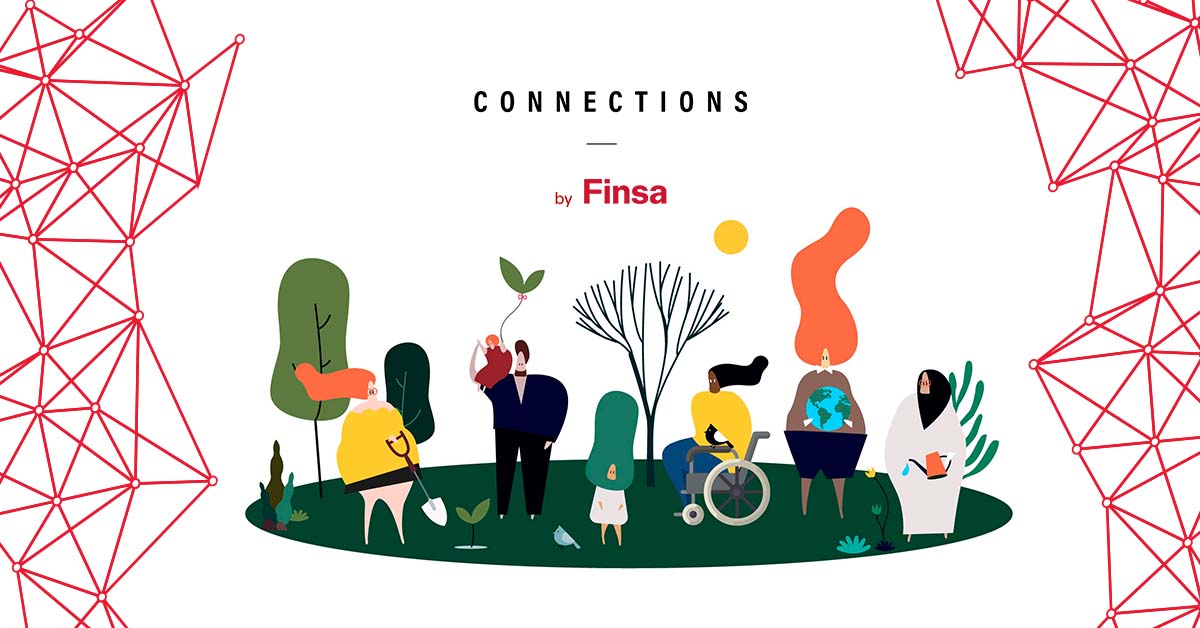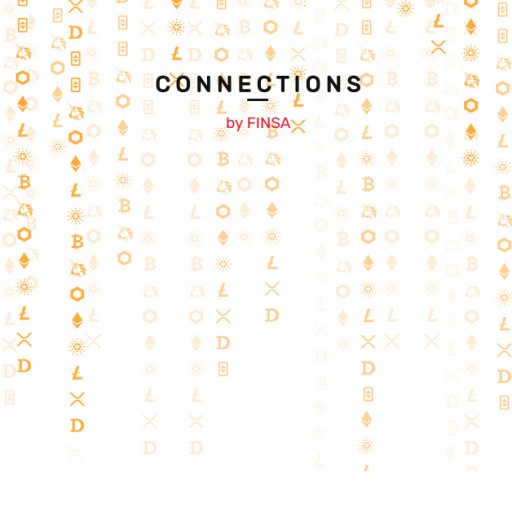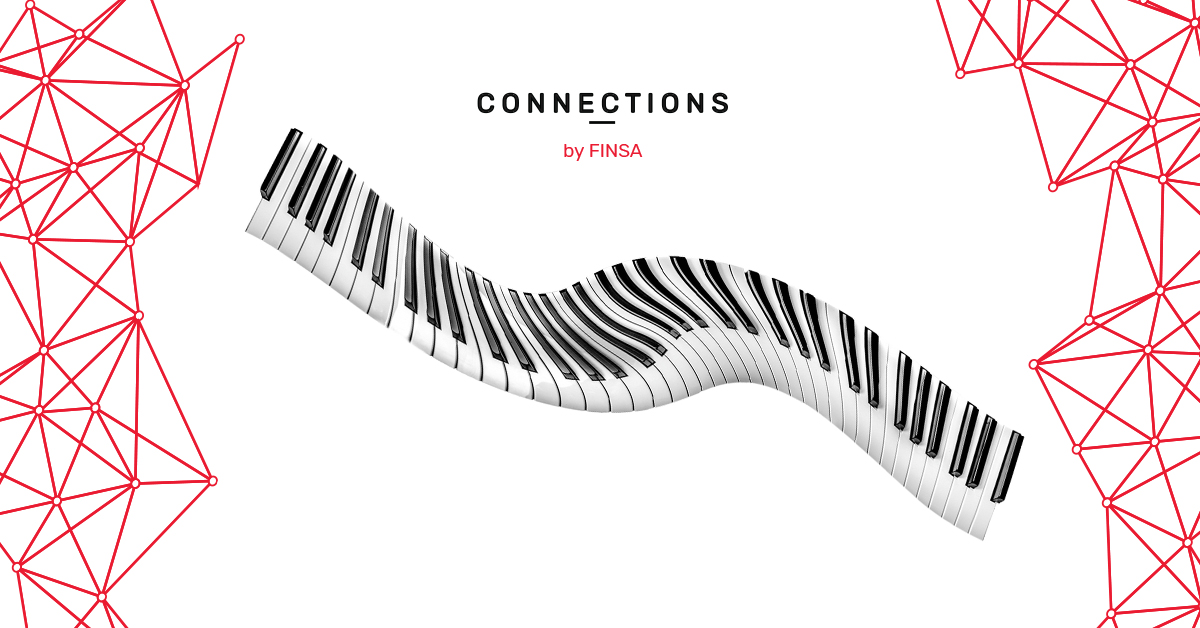Two years after the initial global lockdown brought on by the coronavirus outbreak, many of the measures put in place at that time, such as social distancing and an emphasis on hygiene, are still in place today. In the wake of this huge change and with the new resilience required to put these things into practice while under pressure, it’s time to look back and see which of these post-COVID trends are here to stay when it comes to home decorating and interior design:
Nature everywhere
Everything from adding plants to your surroundings to things that help us grow our own food at home, such as Grow Your Own Food.
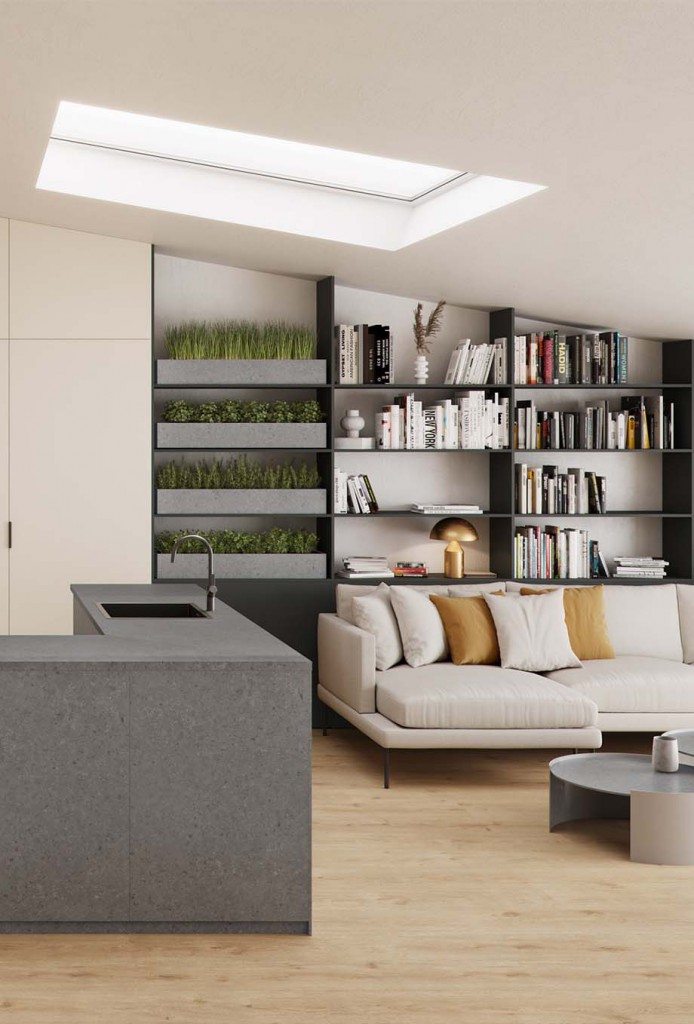
More than just four walls
We’ve interviewed several architects and interior designers this year about the biggest challenges facing the sector, and they all agreed on one: how to make spaces flexible and versatile. After asking so much of our homes and using them for so many different things during lockdown, we want to be able to carry out different activities comfortably in our homes.
Ver esta publicación en Instagram
Circularity and the collaborative economy
Telecommuting and digital nomadism have brought new socio-economic frameworks in which circularity is king. Examples include the growing popularity of furniture rental and communities that specialise in furniture hacks.

Healthy, hygienic spaces
Sick Building Syndrome has gone from being an oddity to something that must be avoided at all costs in construction and architecture. Ensuring that there is good cross-ventilation, that the space is well-lit, and that materials used are circular are some of the basics when it comes to constructing buildings that favour the wellbeing of their users.
![]()
Building communities
Population groups that were most affected COVID, including the elderly and people with functional diversity, deserve some special attention. We need to think about new models for senior living arrangements, as well as new accessibility standards for people with physical, cognitive, and other types of functional diversity.
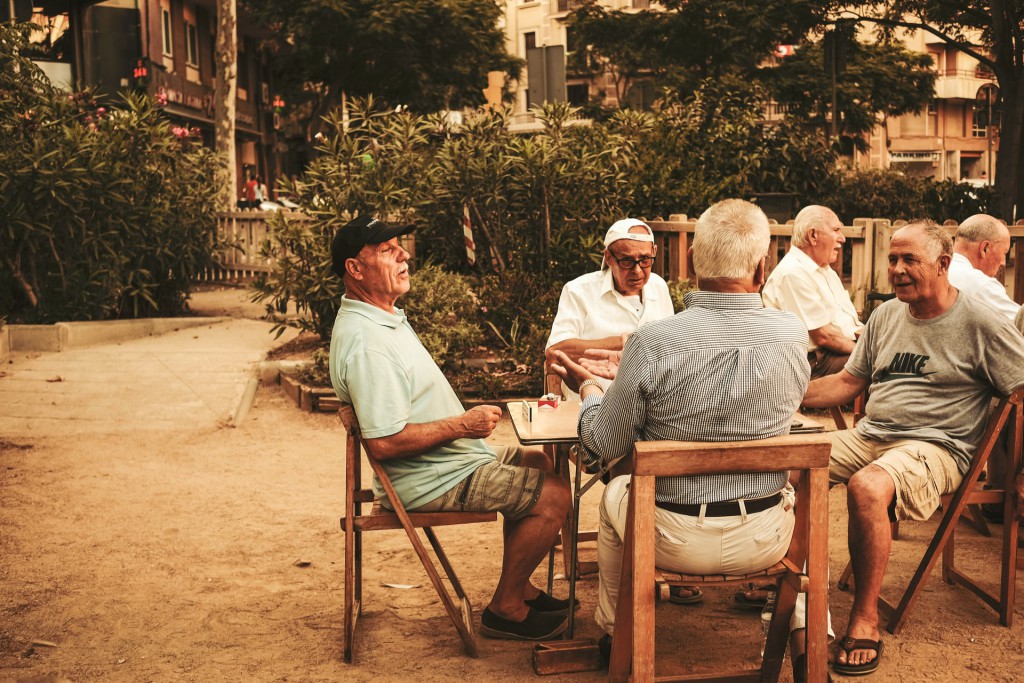
We chose five trends that are sticking around in the wake of COVID. Do you agree? Would you add others to this list? Let us know on social media using #ConnectionsByFinsa.


